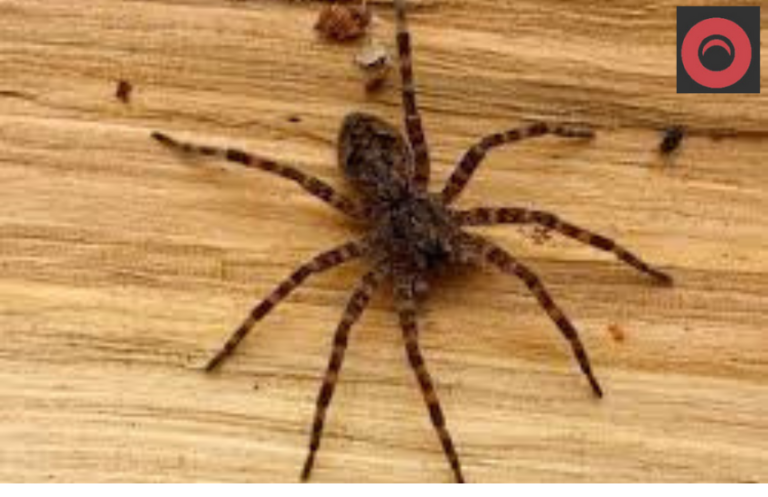Introduction: Welcome to the Enigmatic Realm of Wood Spiders
In the world of arachnids, few creatures are as intriguing as wood spiders. From their intricate webs to their enigmatic behaviors, these eight-legged wonders never fail to captivate the imagination. Join us on a journey into the mysterious world of wood spiders, where we’ll explore their habitats, behaviors, and much more.
What is a Wood Spider?
Wood spiders, also known as orb-weaver spiders, are a diverse group of arachnids found in forests, gardens, and urban areas around the world. Known for their distinctive orb-shaped webs, wood spiders come in a variety of shapes, sizes, and colors, making them a fascinating subject of study for scientists and nature enthusiasts alike.
Spider Wood: Unraveling the Connection
One of the most intriguing aspects of wood spiders is their close association with their habitat. Known as spider wood, the material used by wood spiders to construct their webs plays a crucial role in their survival and success. Spider wood is typically strong, flexible, and abundant, providing the perfect foundation for these skilled weavers to create their intricate masterpieces.
Wood Spider Bites: Separating Fact from Fiction
Despite their fearsome appearance, wood spiders are generally not aggressive towards humans and will only bite if provoked or threatened. While wood spider bites are not usually dangerous, they can cause mild pain, redness, and swelling at the site of the bite. In rare cases, some individuals may experience allergic reactions or other complications, so it’s always best to exercise caution when interacting with wood spiders.
Wood Louse Spider: A Unique Arachnid
One lesser-known member of the wood spider family is the wood louse spider. Unlike typical orb-weaver spiders, wood louse spiders do not build webs to catch their prey. Instead, they actively hunt for woodlice and other small insects, using their impressive speed and agility to capture their prey on the forest floor. With their distinctive flattened bodies and elongated legs, wood louse spiders are a fascinating example of nature’s diversity.
Is a Wood Spider Poisonous?
One question that often arises when discussing wood spiders is whether or not they are poisonous. The answer depends on the species. While some wood spiders possess venom that they use to subdue their prey, the majority of species are harmless to humans. Even in cases where wood spiders are venomous, their venom is typically not potent enough to cause serious harm to humans, and bites are rarely fatal.
What Does a Wood Spider Look Like?
Wood spiders come in a wide range of shapes, sizes, and colors, making them a diverse and visually striking group of arachnids. Most species have round or oval-shaped bodies, with long, slender legs and prominent spinnerets located at the rear of their abdomen. Their coloration can vary from earthy browns and greens to vibrant yellows and oranges, allowing them to blend in seamlessly with their natural surroundings.
Conclusion: Embracing the Wonder of Wood Spiders
In conclusion, wood spiders are remarkable creatures that play a vital role in ecosystems around the world. From their stunning webs to their diverse array of species, these fascinating arachnids continue to inspire awe and admiration among scientists and nature lovers alike. So the next time you encounter a wood spider in the wild, take a moment to appreciate the beauty and complexity of this remarkable creature.
FAQ About Wood Spiders
Q: Are wood spiders dangerous to humans?
A: In general, wood spiders are not dangerous to humans and will only bite if provoked. While some species possess venom, their bites are usually mild and not considered medically significant.
Q: How can I identify a wood spider?
A: Wood spiders can be identified by their orb-shaped webs, round or oval bodies, and long, slender legs. Their coloration and markings can vary depending on the species and habitat.
Q: Do wood spiders have any predators?
A: Wood spiders have several natural predators, including birds, reptiles, and other spiders. However, their ability to camouflage themselves and build intricate webs helps protect them from many potential threats.


